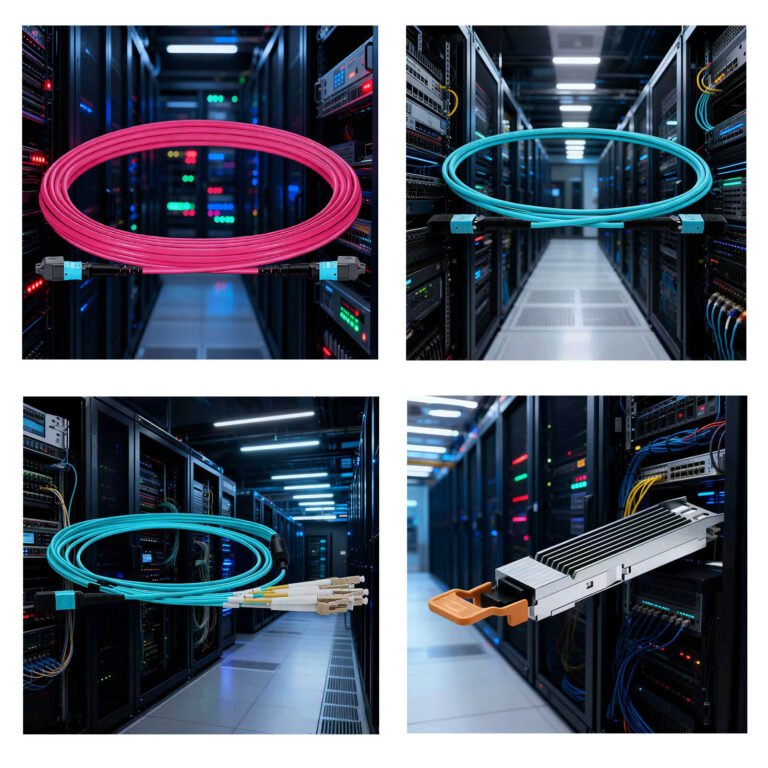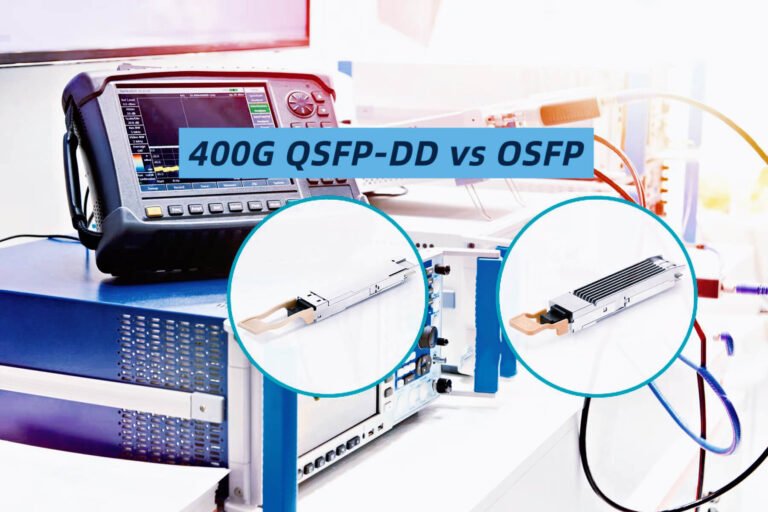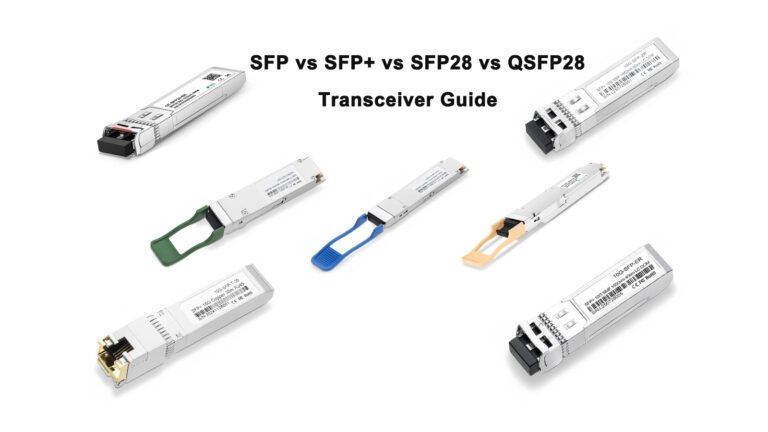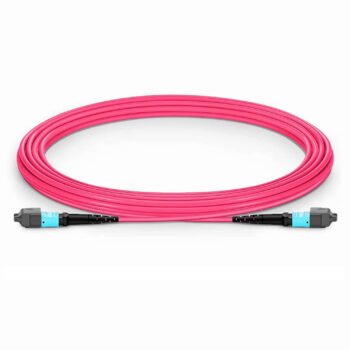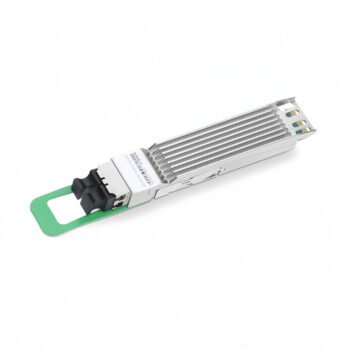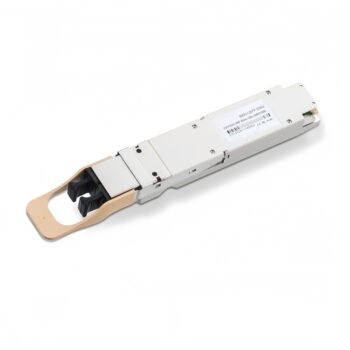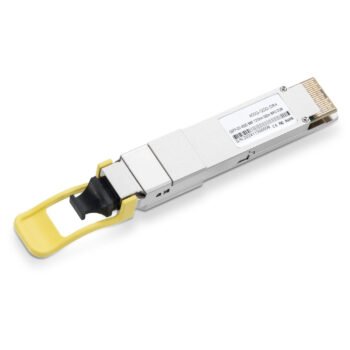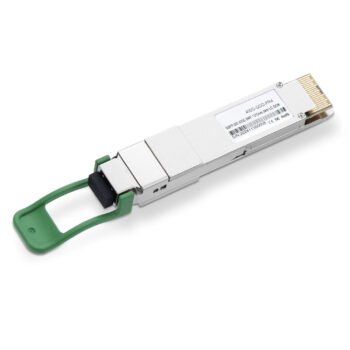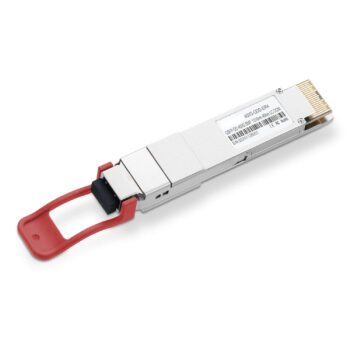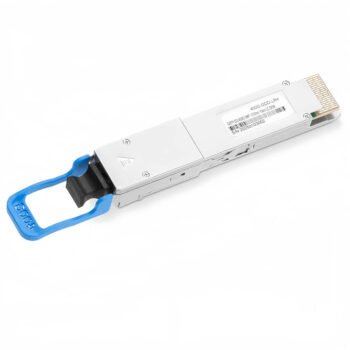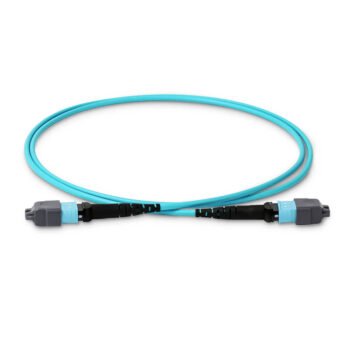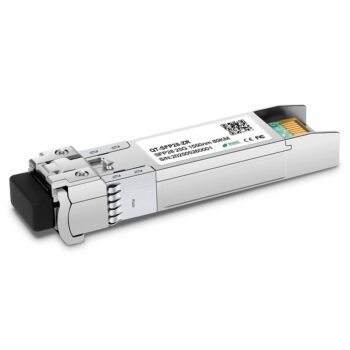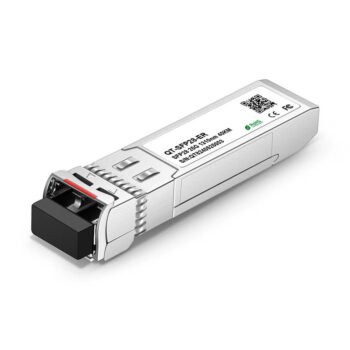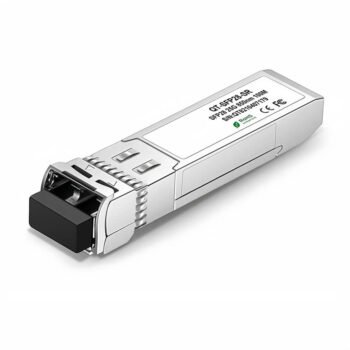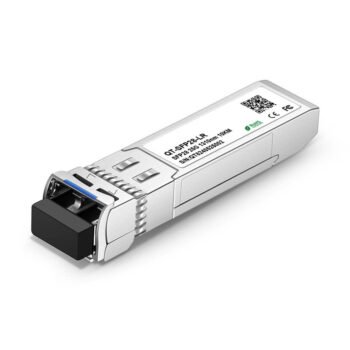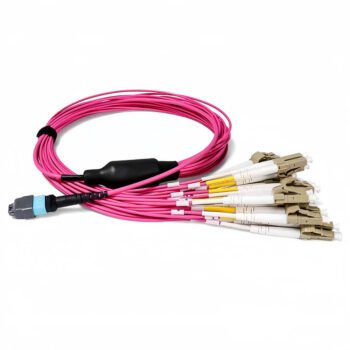Your data center is running out of space. The growing demand for AI workloads means more connections, but your racks are already full, and heat is becoming a real problem.
High-density patch panels solve this by using modular designs and advanced cooling. They multiply port density in the same 1U space, which improves airflow and drastically lowers heat buildup.
In my 9 years in optical communications, I’ve seen countless server rooms become a tangled mess. This isn’t just messy—it’s inefficient and risky. Let’s explore how new patch panel technology is fixing this.
What Core Technologies Drive High-Density Patch Panels?
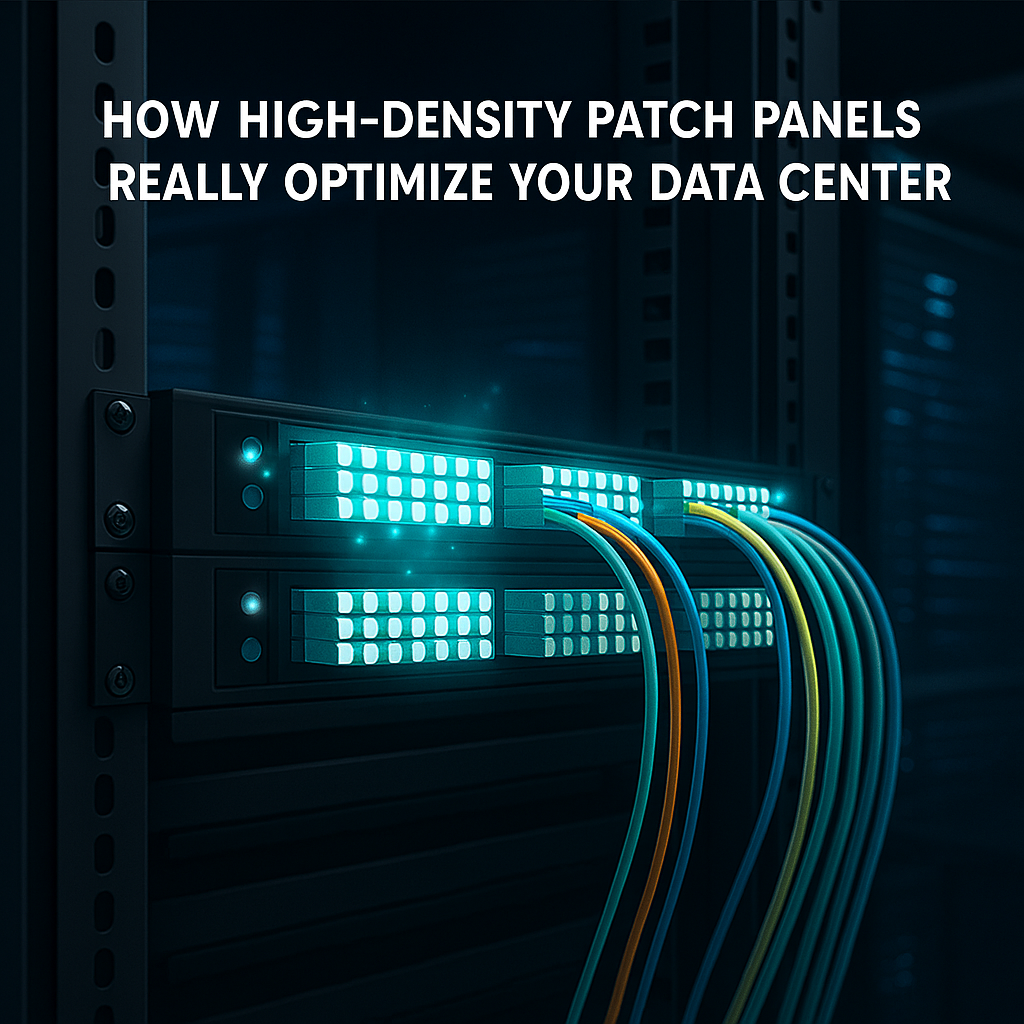
The magic behind fitting more connections into less space isn’t just about shrinking components. It’s about smarter engineering, from the fiber itself to the panel’s structure.
The main drivers are ultra-low-loss, bend-insensitive fibers and modular designs. These technologies allow for tighter port arrangements and customizable layouts that eliminate wasted space and improve thermal performance.
For a wider understanding of the importance of modern cabling in network foundations, see What is Structured Cabling and Why is it Essential for Data Networks?.
Dive Deeper: The Tech Behind the Density
Here at ABPTEL, we see these innovations firsthand in our own labs. The technology moves fast, but a few key areas are making the biggest difference.
The Fiber Connection Revolution
It starts with the fiber. New bend-insensitive fibers mean we can route cables in tighter spaces without signal loss. This simple change allows us to increase port counts from a standard 48 ports per 1U to 96 or even more. It’s a game-changer for maximizing rack real estate.
The Power of Modularity
Old patch panels were static. You got what you got. Today, modular designs with detachable cassettes are the standard. This means you can add or remove port modules as needed. If a section isn’t being used, it doesn’t have to take up physical space. This flexibility is critical for scalable networks.
Innovations in Thermal Management
More connections generate more heat. Early high-density designs often overlooked this, leading to hotspots and instability. Modern solutions integrate active cooling, like small, efficient fans, directly into the panel. We also use materials with low thermal expansion to ensure connectors remain stable even as temperatures fluctuate.
How Exactly Do High-Density Designs Maximize U-Space?
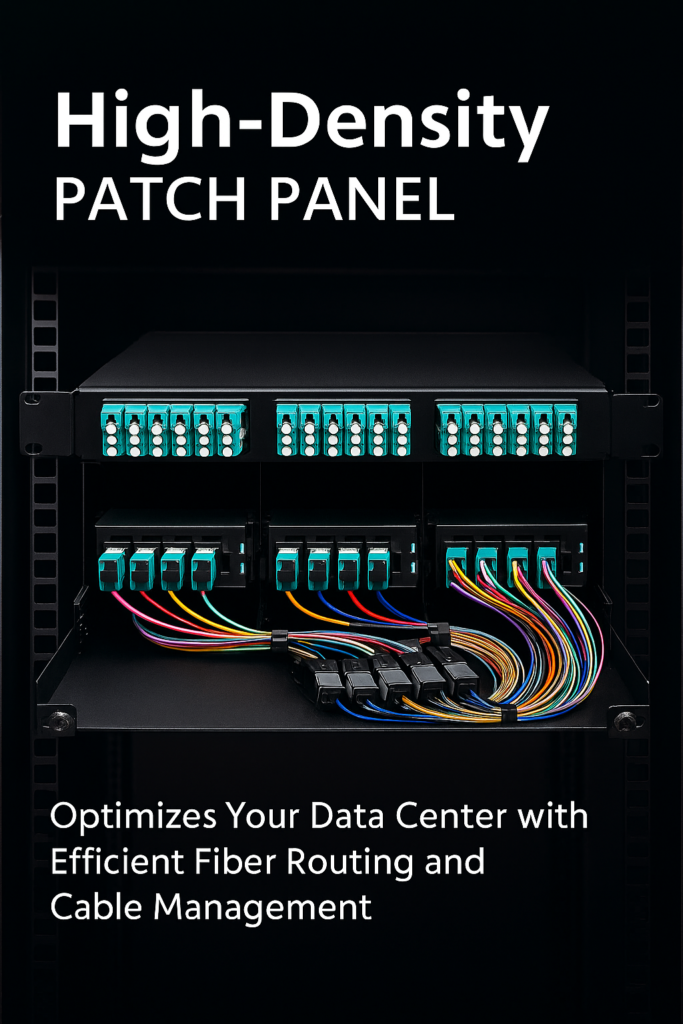
It seems impossible to fit more into a 1U space, but it’s happening. The secret is in changing how we think about physical layout and cable access.
They maximize space with vertical port stacking, angled cable entry, and layered cable management. Hot-swappable modules also free up unused physical space, dramatically increasing density and efficiency.
Dive Deeper: A New Approach to Layout
This isn’t just about making things smaller. It’s about making them smarter. By reorganizing the physical layout, we can achieve incredible density without compromising usability.
Rethinking the Panel Layout
We’ve moved beyond simple horizontal rows. Key innovations include:
- Vertical Port Stacking: Arranging ports vertically as well as horizontally.
- Angled Cable Entry: Changing the cable entry from a harsh 90 degrees to a gentler 15 degrees. This small adjustment significantly reduces the space each cable occupies at the connection point.
Comparison: Traditional vs. High-Density
The difference becomes clear when you compare them side-by-side. As a one-stop supplier, we help clients make this transition every day, and the numbers speak for themselves.
| Parameter | Traditional Design (24-port/1U) | High-Density Design (96-port/1U) |
|---|---|---|
| Cable Management Space | 20-30% of panel area is used | Less than 10% of area is needed for routing |
| Port Arrangement | Fixed and rigid | Modular expansion & hot-swap support |
| Power Consumption | No active cooling | ~10W/1U (to power fans) |
The Hot-Swappable Advantage
Hot-swappable modules are the key to true scalability. Your team can add capacity in minutes without network downtime. This "pay-as-you-grow" model means you only use the space you need, when you need it.
Final thoughts
High-density patch panels are reshaping networks. They use smart engineering to solve critical space, heat, and airflow challenges, enabling the powerful AI and edge infrastructure of the future.
Ready to optimize your rack space and build a network for tomorrow?
Contact our engineers at candy@abptel.com or visit abptel.com to explore our OEM/ODM solutions.

